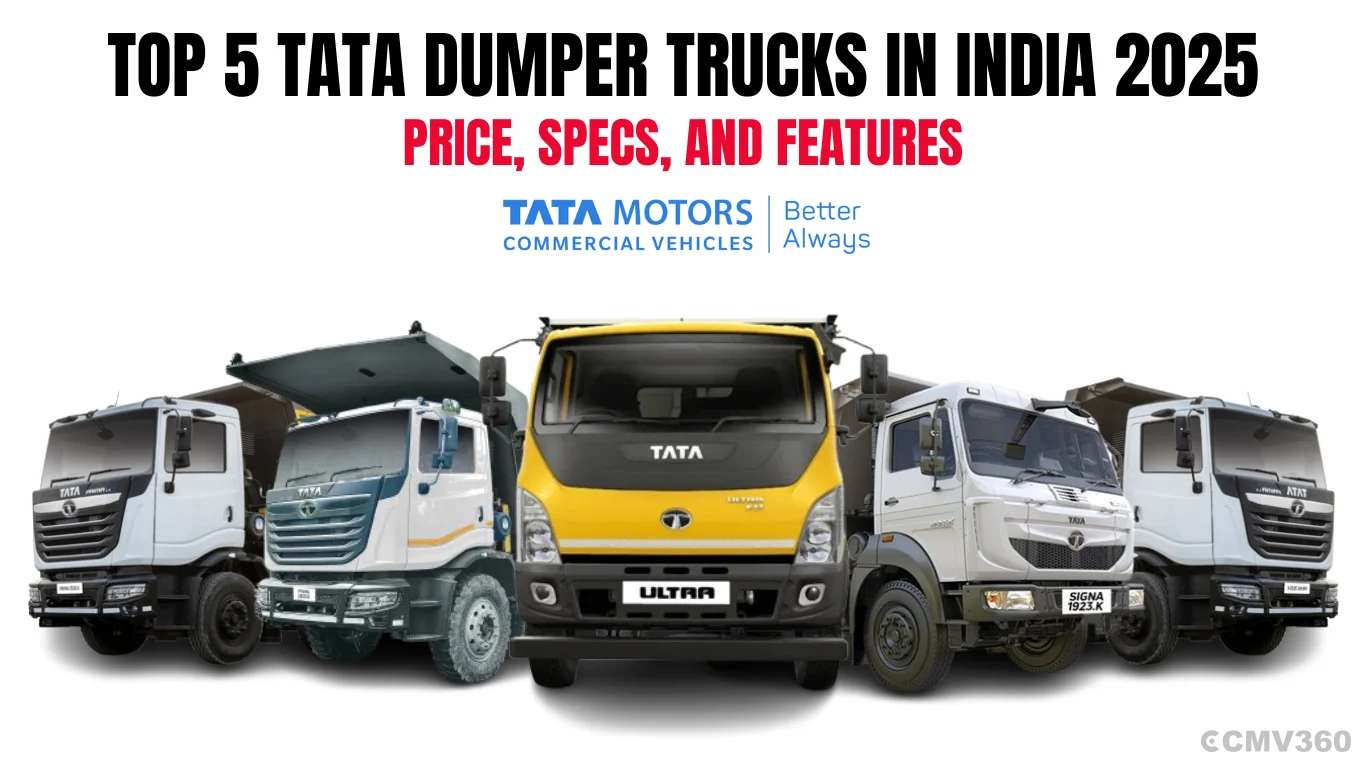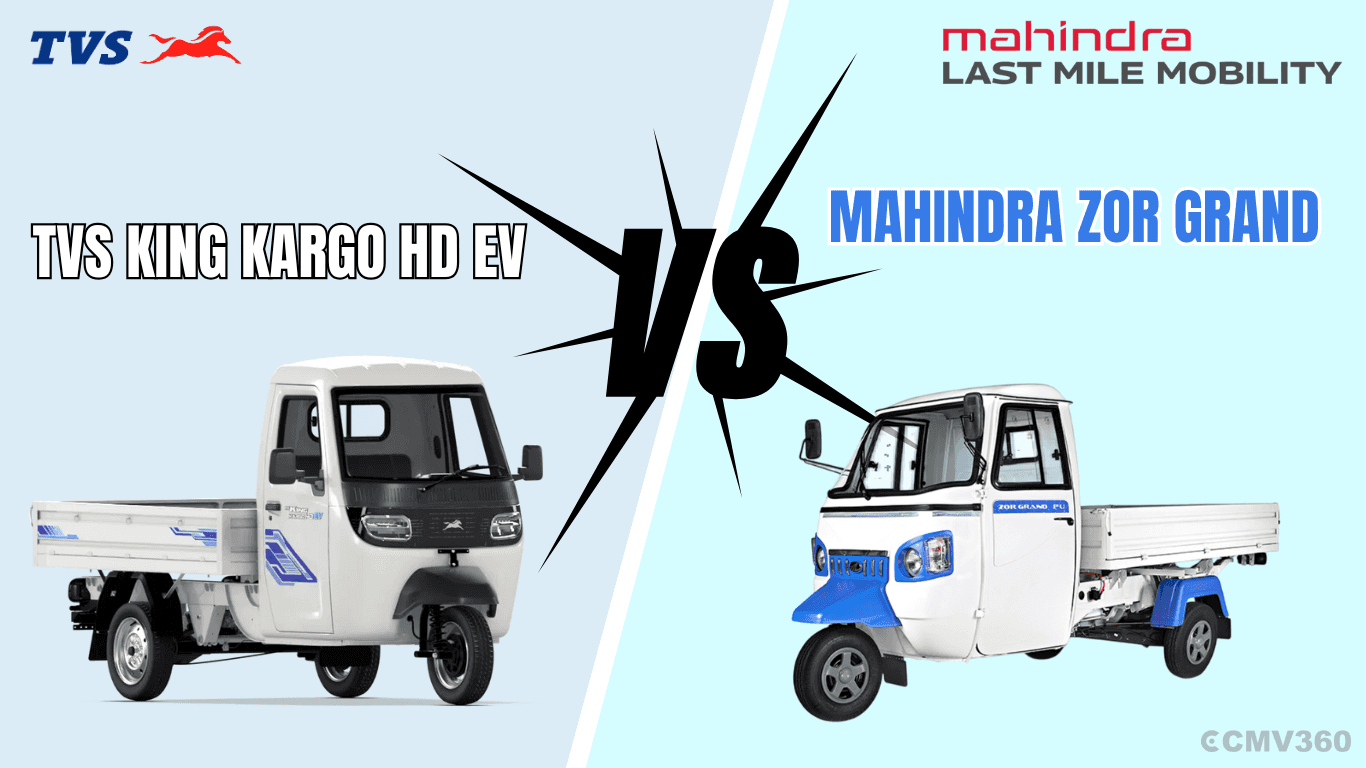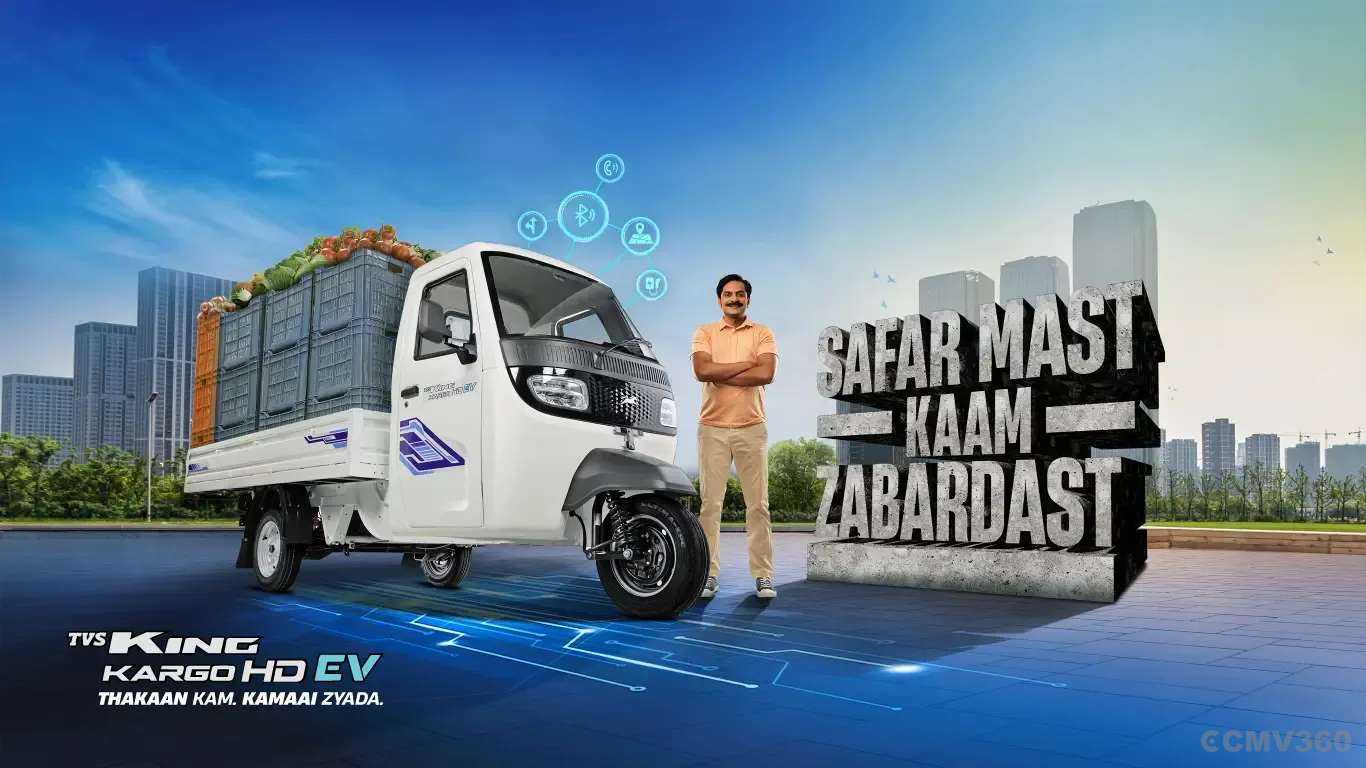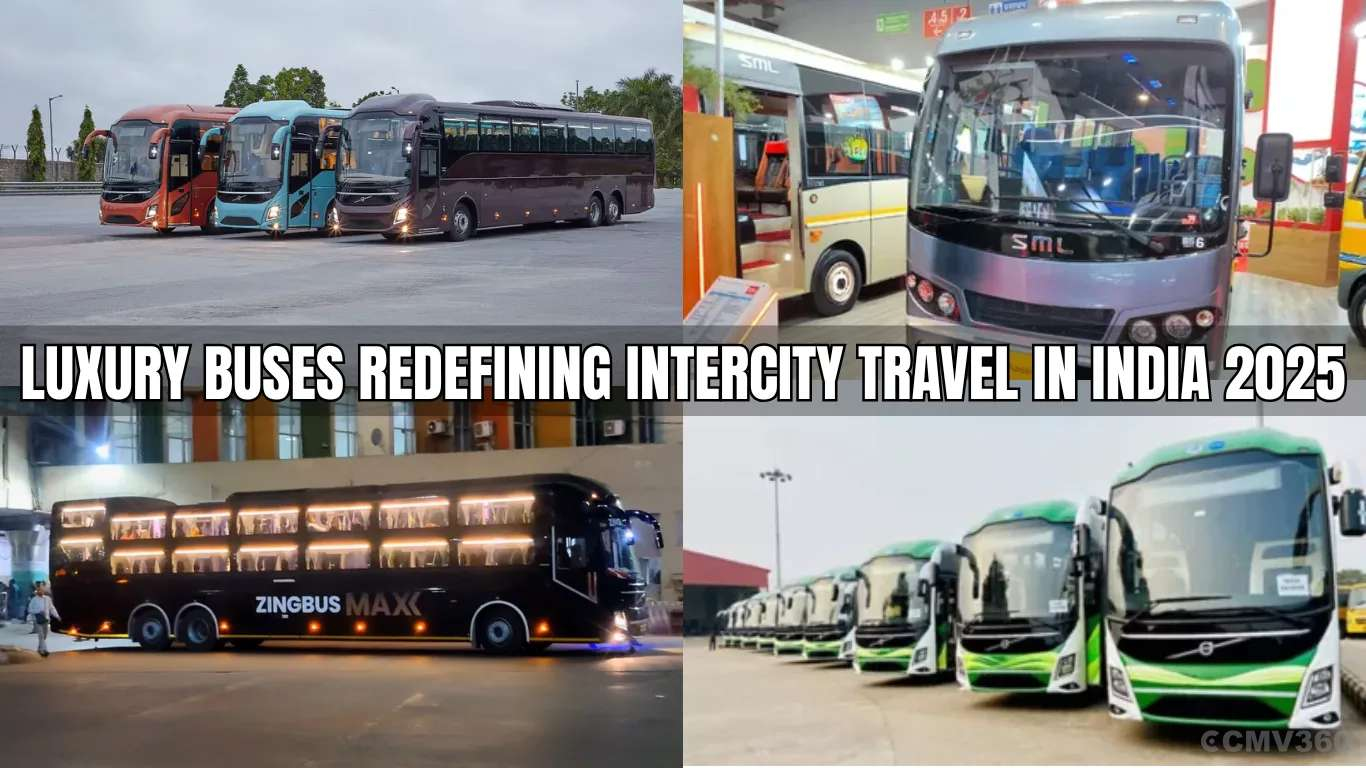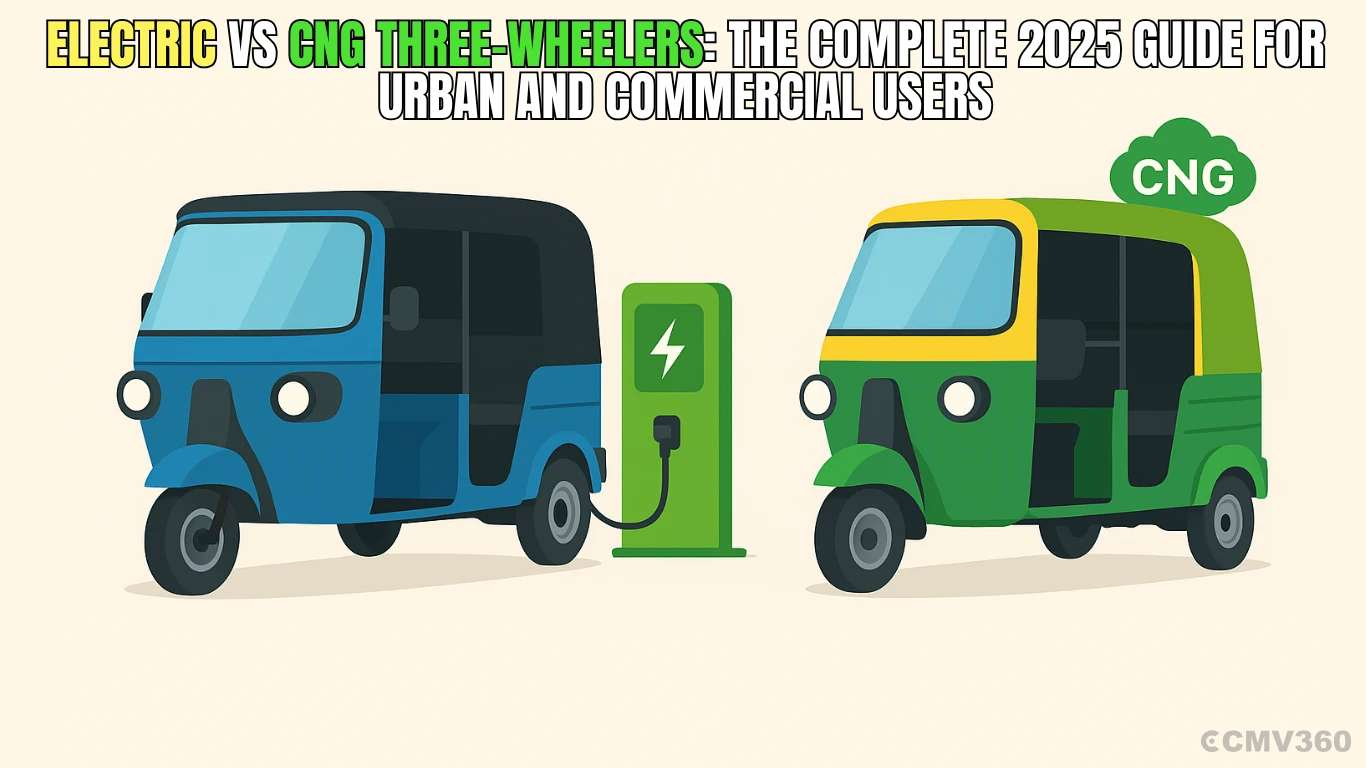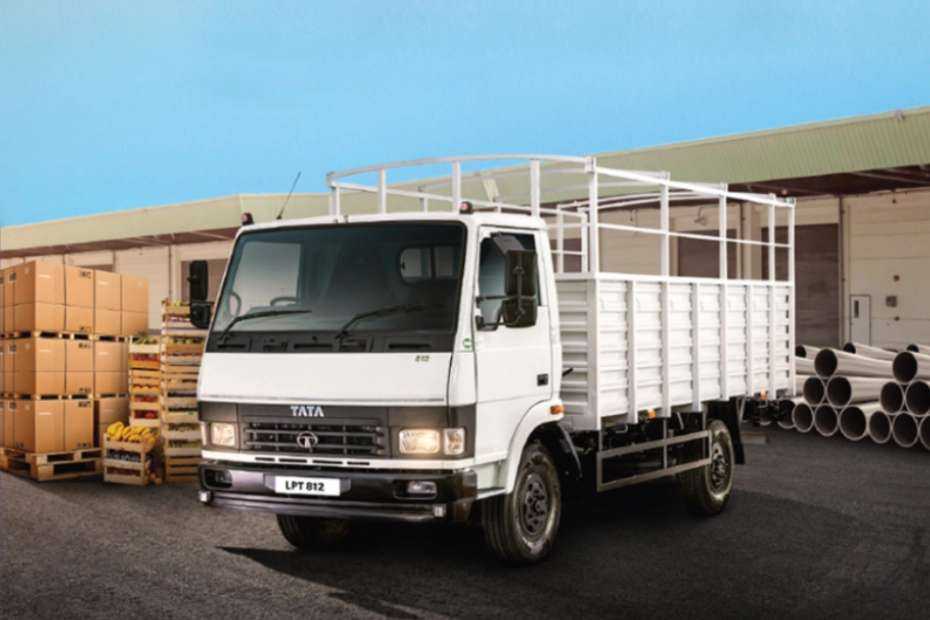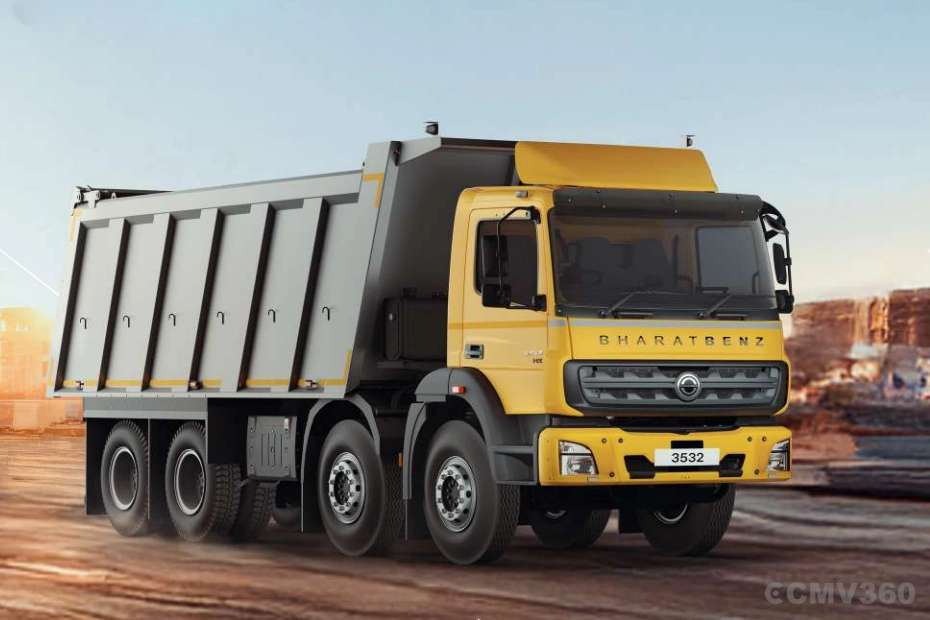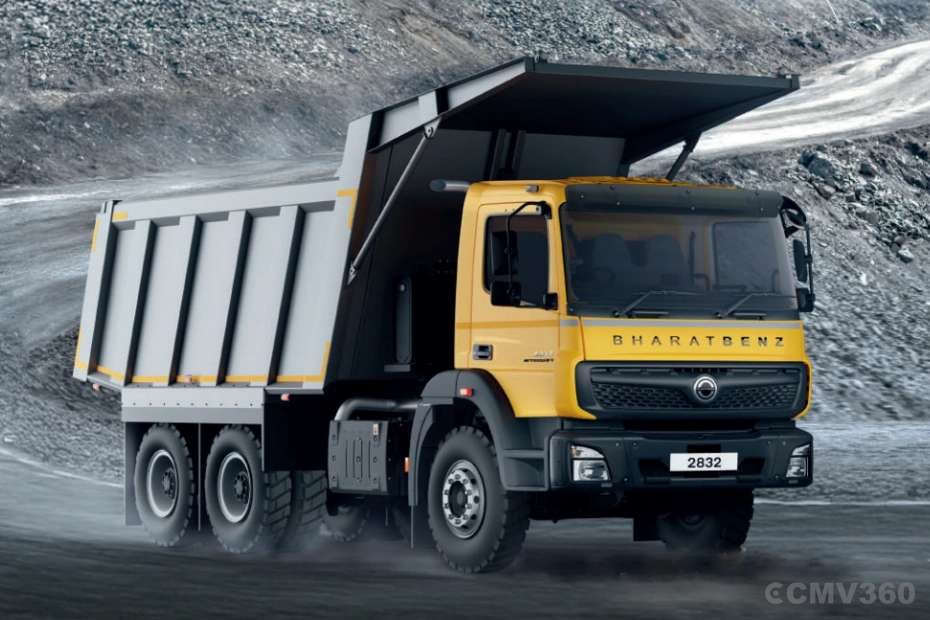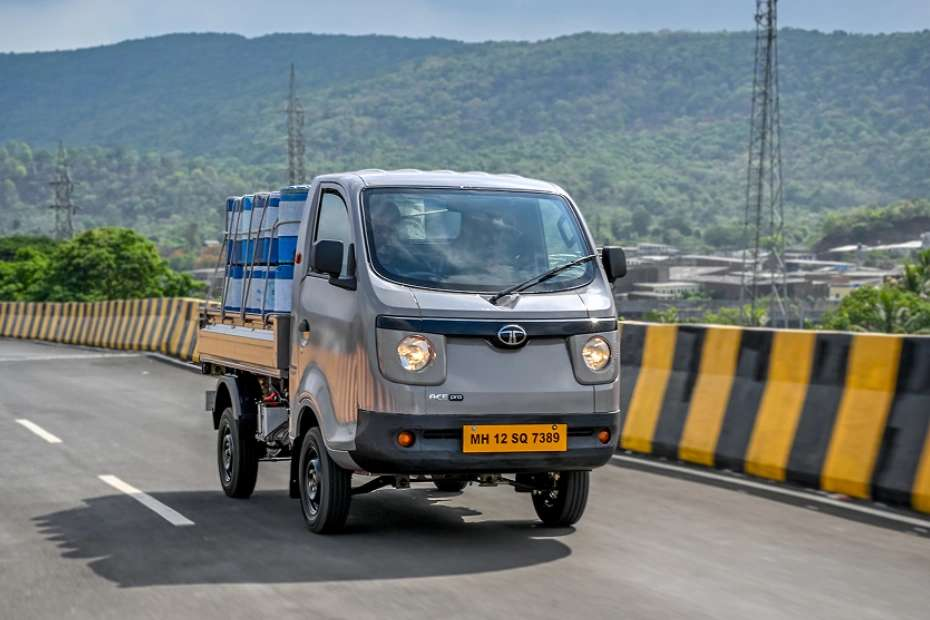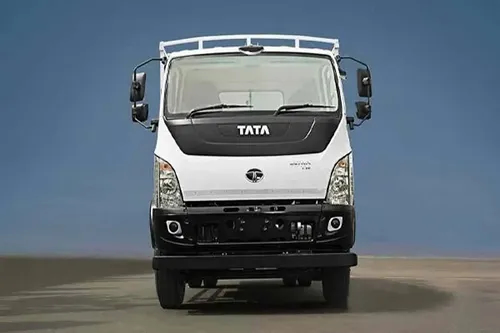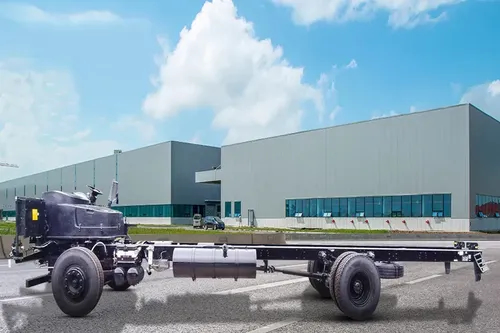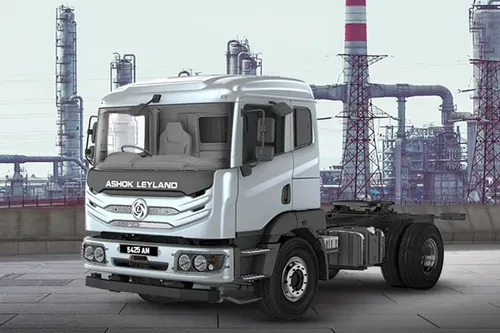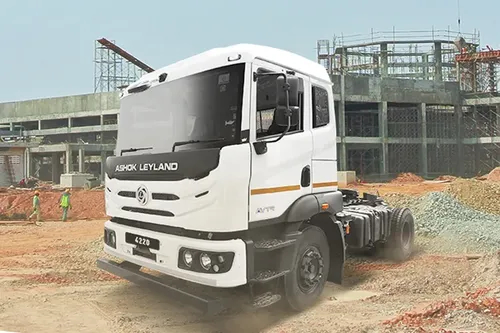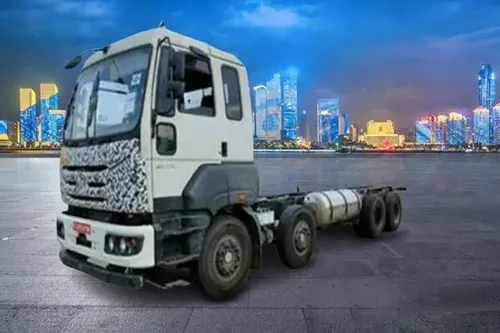Ad
Ad
India's Top 10 Agricultural Issues faced by farmers

Agriculture is critical to the Indian economy. Agriculture supports more than 70% of rural families. Agriculture is a significant sector of the Indian economy, accounting for approximately 17% of the total GDP and employing over 58% of the population. Over the last few decades, Indian agriculture has grown at a rapid pace. Foodgrain output climbed from 51 million tonnes (MT) in 1950-51 to 250MT in 2011-12, the highest level since independence.
India ranks ninth in the world for agricultural exports. In India, agricultural activity employs at least two-thirds of the working population. Other sectors in India have failed to provide a large number of job opportunities for the country's rising working population.
In this post, we will look at the issues that the agricultural industry in India is facing, as well as measures to enhance farmer income.
1. Instability
This refers to the growing trend of farmers' families pursuing employment in other industries rather than relying solely on farming for a living. This could be due to agriculture's diminishing profitability or a lack of prospects in the sector. Agriculture agribusiness is no longer isolated to the national domain but has evolved into a multinational economic capital. Corporate dominance is being established not only in agricultural product prices, but also in seeds, fertilizers, insecticides, and so forth. In fact, the three agricultural laws that were repealed due to pressure from the farmers' movement were also enacted with the goal of facilitating corporate involvement into the agricultural sector.
2. Cropping Pattern
The cropping pattern, which displays the amount of land under different crops at a given point in time, is an essential measure of the sector's progress and diversification. The agricultural industry of the country produces two sorts of crops: food crops and non-food or cash crops.
As the prices of cash crops become more appealing, more and more land has been transferred from the production of food crops into cash or commercial crops. As a result, the country is experiencing a food crisis. Thus, despite 50 years of planning, the country has not evolved a balanced cropping pattern, resulting in incorrect agricultural planning and inadequate implementation.
3. Land Ownership
Although agricultural land possession in India is generally distributed, there is some concentration of land holding. Inequality in land distribution is also caused by frequent changes in land ownership in India. It is believed that significant tracts of land in India are owned by a tiny group of wealthy farmers, landlords, and moneylenders, whereas the great majority of farmers possess very little or no land at all.
4. Land Tenure
The Indian land tenure system is riddled with flaws. Tenant insecurity was a major issue for tenants, particularly during the pre-independence period. Although the land tenure system has improved after independence due to the implementation of numerous land reform initiatives, the problem of tenancy instability and eviction persists to some extent due to the presence of absentee landlords and benami land transfers in various parts of the country.
5. Agricultural Labourer Conditions
The majority of agricultural labourers in India face deplorable working conditions. There is also the issue of surplus labour, commonly known as disguised unemployment. As a result, wage rates fall below subsistence levels.
6. Irrigation
Although India is the world's second-largest irrigated country after China, irrigation covers only one-third of the planted area. In a tropical monsoon country like India, where rainfall is unpredictable, inconsistent, and erratic, irrigation is the most critical agricultural input. India will not be able to make sustained agricultural success unless and until more than half of the planted area is brought under guaranteed irrigation.
7. Lack of mechanisation
Despite large-scale mechanisation of agriculture in specific parts of the country, most agricultural operations in bigger sections of the country are carried out by hand using simple and traditional equipment and implements such as a wooden plough, sickle, and so on. Machines are used sparingly in ploughing, seeding, irrigating, thinning and trimming, weeding, harvesting, threshing, and transporting crops.
8. Agricultural Marketing
Agricultural marketing in rural India remains in disarray. In the absence of sound marketing infrastructure, farmers must rely on local traders and intermediaries to dispose of their farm produce, which is sold at a loss.
9. Inadequate transportation
One of the major challenges for Indian agriculture is a lack of affordable and effective transportation. Even now, there are lakhs of villages that are not properly connected to big roadways or market centres.
10. Profitability
Agriculture is not profitable, and the idea that one member of the family should farm while the other works have begun to take root, while India's imports of agricultural items are expanding. Oilseed and pulse self-sufficiency has ended, and we are now an importer. The agriculture sector must be revolutionized at all levels, from production to distribution. This relates to the reality that farming has become less financially sustainable as a profession in recent years. This could be due to a variety of variables such as growing input costs such as seeds and fertilizers, crop price volatility, or competition from cheaper imports.
Conclusion
Agriculture provides raw ingredients to a variety of agro-based industries such as sugar, jute, cotton textile, and Vanaspati. Agriculture is also important to the food processing industry. As a result, the growth of these industries is largely dependent on agriculture.
Features & Articles
Top 5 Tata Dumper Trucks in India 2025: Price, Specs, and Features
Explore the top 5 Tata dumper trucks in India 2025 with prices, specs, features, and benefits. Compare Tata truck prices in India and choose the right model for your busi...
15-Sep-25 09:06 AM
Read Full NewsTVS King Kargo HD EV Vs Mahindra Zor Grand: Detailed Comparison of Features, Price & Specifications
TVS King Kargo HD EV and Mahindra Zor Grand are top electric cargo three-wheelers in India, offering strong performance, range, payload, and features for last-mile delive...
09-Sep-25 06:50 AM
Read Full NewsTVS King Kargo HD EV Launched With 5 Industry-First Features
TVS Motor launches King Kargo HD EV in India with Bluetooth, rolling windows, twin-axis ORVMs, and 156 km range. Priced at ₹3.85 lakh, ideal for urban cargo mobility....
28-Aug-25 07:41 AM
Read Full NewsBYD Fully Electric Heavy-Duty Commercial Vehicles Coming to India in 2025 – Everything You Need to Know
BYD to debut fully electric heavy-duty trucks in India by 2025, bringing advanced battery tech, local manufacturing, and zero-emission solutions for logistics, mining, an...
12-Aug-25 06:39 AM
Read Full NewsLuxury Buses Redefining Intercity Travel in India 2025
Explore how luxury buses in India 2025 offer comfort, safety, eco-friendly travel, and advanced technology, connecting metros and smaller towns with a premium travel expe...
11-Aug-25 12:52 PM
Read Full NewsElectric vs CNG Three-Wheelers: The Complete 2025 Guide for Urban and Commercial Users
Compare electric and CNG three-wheelers in 2025 to find the best choice for cost, range, and daily use....
11-Aug-25 11:47 AM
Read Full NewsAd
Ad
